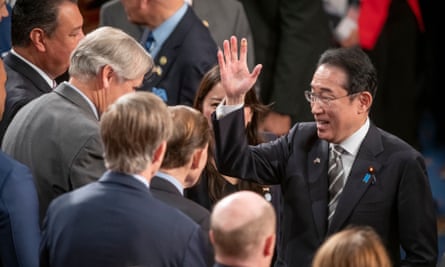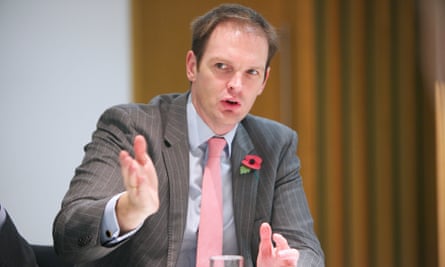As the US grapples with an ongoing bird flu outbreak in dairy cattle, the country’s health agencies are ramping up surveillance efforts and working to develop a vaccine if needed
By Grace Wade
26 April 2024

Dairy cows at a farm in the US
Shutterstock / Roman Melnyk
As a bird flu virus continues to spread among dairy cattle in the US, the country’s health agencies are actively preparing for the possibility of an outbreak in people.
“The risk [of bird flu] remains low at this time, but we continue to be in a strong readiness posture as new data becomes available,” said Vivien Dugan at the US Centers for Disease Control and Prevention (CDC) at a meeting of health officials on 25 April.
A top priority is tracking the virus’s spread. So far, the US Department of Agriculture (USDA) has confirmed H5N1, a subtype of the bird flu virus, in dairy cows on 33 farms across eight states, and in six cats on farms in three of those states.
Genetic sequencing found that only one of the 260 samples from sick dairy cows so far has a mutation indicating H5N1 has adapted to infecting mammals, said Rosemary Sifford at the USDA during the meeting. However, this marker has been seen before in other sick mammals, and it didn’t impact the ability of the virus to transmit between mammals. Plus, the other 10 samples from the same herd where this one was collected didn’t have the same mutation.
“It very much remains an avian virus with no significant changes… In other words, it is not becoming a [cow] virus,” said Sifford
The CDC has tested 23 people with close contact to the animals for the virus, according to data presented at the meeting. Only one of them was positive – a dairy worker in Texas whose only symptom was eye redness. To boost testing capabilities, the CDC recently increased funding to genetic sequencing centres in six states, said Dugan.
Another key measure being taken is ensuring the safety of the milk supply in the US. Milk from infected cattle contains high amounts of the virus. While milk from sick animals shouldn’t be entering the milk supply, initial testing from the US Food and Drug Administration (FDA) found that 1 in 5 milk samples contain genetic traces of bird flu.
“Importantly, that doesn’t mean the samples contain intact, infective virus,” said Donald Prater at the FDA. The testing method used detects any genetic material, including that of dead virus.
The vast majority of milk sold in the US is pasteurised, a process that kills pathogens with high heat. No study has assessed pasteurisation’s effectiveness against H5N1, but studies of similar influenza viruses suggest it would be, said Prater. This is why people should avoid consuming or touching raw milk products.
Two vaccine candidates for H5N1 are also in the works. Initial testing by the CDC indicates both are effective in lab tests against the current strain in cattle, said Dugan.
As part of a pre-established protocol, the US Administration for Strategic Preparedness and Response (ASPR) is stockpiling materials for a bird flu vaccine, said David Boucher at ASPR in the meeting. This includes manufacturing the part of the vaccine, called the antigen, that mounts an immune response to the virus. ASPR and its commercial partners have already filled hundreds of thousands of vaccines for H5N1 that, if needed, can be quickly dispensed for clinical testing or emergency use, he said.
“Based on the CDC’s current risk of the situation, vaccination is not a tool needed at this time. We do want to be ready if that changes, though,” said Boucher. Enough material is stockpiled to churn out an additional 10 million doses, too. And ASPR has contracts with vaccine manufacturers to ramp up production even more so if necessary.
“If we need to pull any of these levers, we are ready to do so,” said Boucher.

















